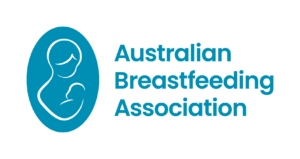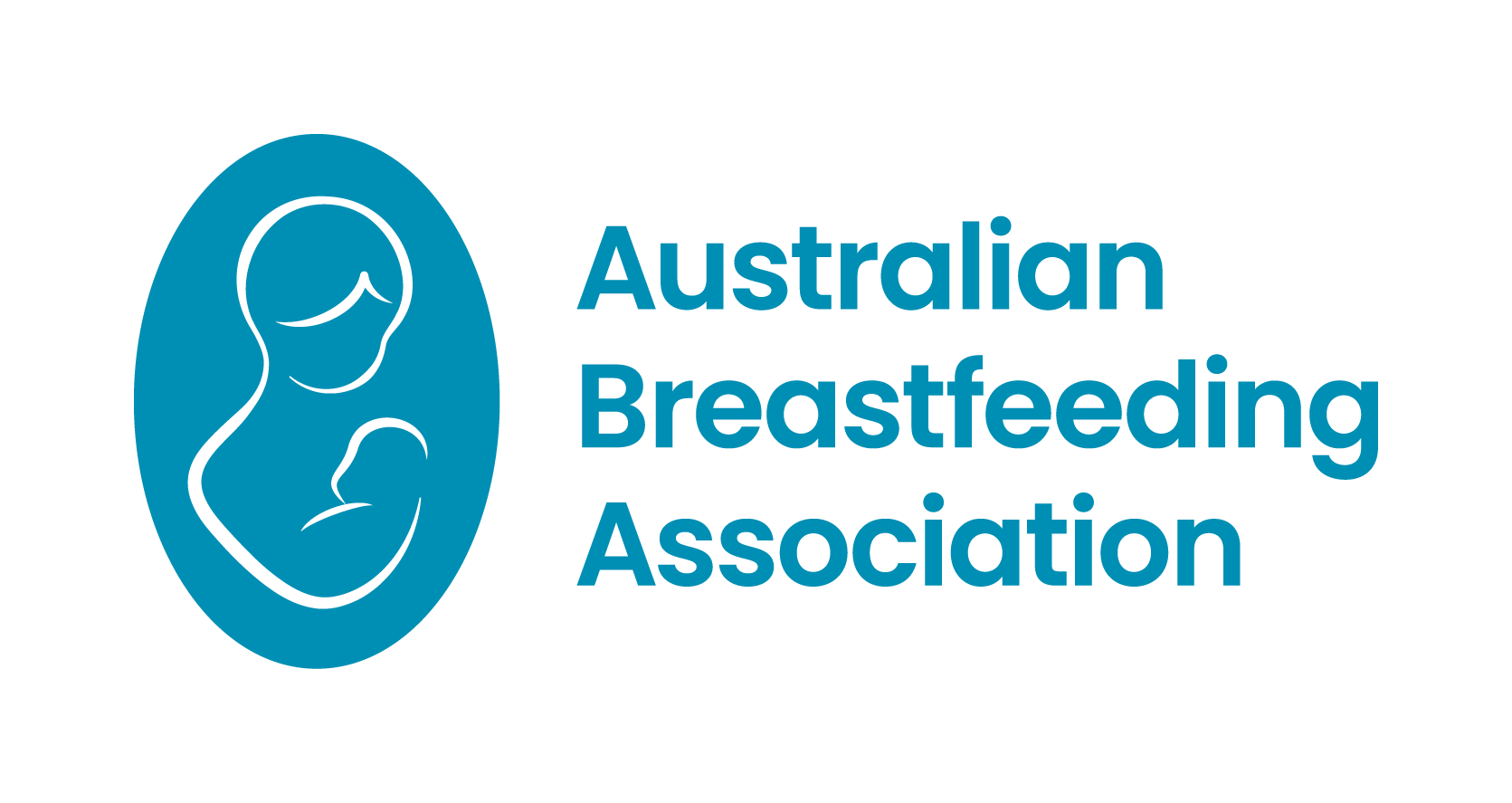ABA Professionals Featured Articles
Oral Effects of Breastfeeding
The risks of not breastfeeding are many and varied. Perhaps less well-known is the importance of breastfeeding for children with regards to their oral development. Breastfeeding maximises the correct development of speech organs (tongue, lips, mandible, maxilla, soft palate, hard palate, cheeks, dental arches, oral muscles, floor of mouth), with respect to posture, mobility and strength.
Lactation after infant death. Australian Breastfeeding Association
More than 4000 Australian women experience late miscarriage, stillbirth, neonatal or older infant death annually.1 The physiological process of secretory activation leading to the onset of breastmilk production is triggered by delivery of the placenta2 and occurs even in the absence of a living infant. Unfortunately many women feel unsupported by their healthcare team when it comes to lactation after infant death.
What breastfeeding education (if any) are undergraduate health students receiving? Mindy Booker, student dietitian (Honours) (QUT)
Inaccurate and inconsistent advice from health professionals is commonly reported by women as a barrier on their breastfeeding journey (Clifford & McIntyre, 2004; Department of Health, 2018). A number of studies have identified that a wide range of health professionals, including general practitioners, nurses, pharmacists and dietitians have low levels of breastfeeding knowledge and skills, and clinicians report that they do not feel confident supporting breastfeeding women (Yang et al, 2019; Bagwell et al 1993; Fei Sim et al, 2018; Ryan & Smith, 2017; Taveras et al, 2004).
Using domperidone to treat low breast milk supply. Luke Grzeskowiak PhD, BPharm(Hons), GCertClinEpid, AdvPracPharm, FSHP The Robinson Research Institute, Adelaide Medical School, University of Adelaide
The importance of breastfeeding for maternal and child health [...]
Colostrum. Dr Alison Stacey, MBBS (Hons) BMedSci DCH DRANZCOG FRACGP Cert IV Breastfeeding Education IBCLC Dip Breastfeeding Management
Colostrum plays a unique role in the transition of the baby to extra-uterine life. It differs from mature breastmilk in a number of ways. Colostrum is a concentrated source of protein, sodium and immunoglobulins (Brodribb 2019). Lower carbohydrate (lactose) levels result in lower volumes; whereas in mature breastmilk, lactose acts osmotically to draw water into the milk (Brodribb 2019). Colostrum also has a laxative effect, helping baby to pass meconium (Brodribb 2019). Secretory IgA, lactoferrin and maternal lymphocytes provide a source of passive immunity to complement that provided via the placenta (Wambach 2016). Human milk oligosaccharides promote the colonisation of baby’s intestinal system with bifidobacteria and act as decoys to prevent infection by pathogens (Wambach 2016).
How is the Microbiota Influenced by Breastfeeding? Anna Reeves, BA Health Science (Nutrition & Dietetics), Cert IV Breastfeeding Education
Despite the increased attention placed on understanding the role of the gut microbiome in human health, we are only beginning to understand how the infant gut microbiome is first established. Little is known about the variations in microbial communities in human milk across populations (Lackey et al., 2019). Very little is known about factors that influence variation in the milk microbiome, although the following have been identified as likely to be important: time postpartum, delivery mode, antibiotic use and maternal factors such as diet (including consumption of non-nutritive sweeteners (Olivier-Van Stichelen, Rother, & Hanover, 2019) and fibre intake (Çavdar, Papich, & Ryan, 2019)) (Hermansson et al., 2019).







